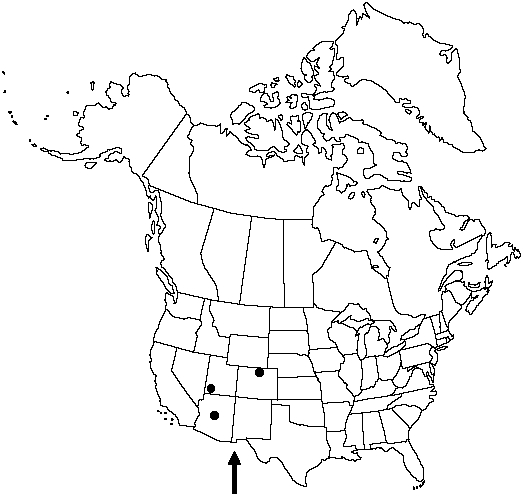Asplenium adiantum-nigrum
Sp. Pl. 2: 1081. 1753.
Roots not proliferous. Stems ascending or short-creeping, infrequently branched; scales dark-brown to blackish throughout, narrowly deltate, 2–4 (–5) × 0.2–0.5 mm, margins entire or shallowly denticulate to serrulate. Leaves monomorphic. Petiole dark reddish-brown proximally, often fading to green distally, lustrous, 2–20 cm, 2/3–2 times length of blade; indument of black filiform scales and minute hairs. Blade deltate, 2–3-pinnate, 2.5–10 × 2–6.5 cm, thick, hairs dark, scattered, minute; base truncate; apex acute to acuminate, not rooting. Rachis greenish throughout or sometimes reddish-brown proximally, lustrous, sparsely pubescent. Pinnae in 4–10 pairs, deltate to lanceolate; most proximal (largest) pinnae 1.5–4 × 1–2.5 cm; base obliquely obtuse; segment margins coarsely incised; apex acute. Veins free, evident. Sori 1–numerous pairs per pinna [1–6 pairs per segment], on both basiscopic and acroscopic sides. Spores 64 per sporangium. 2n = 144.
Habitat: Cliffs
Elevation: 1675–2300 m
Distribution

Ariz., Colo., Utah, Eurasia, Africa
Discussion
Asplenium adiantum-nigrum is principally a Eurasian species and occurs extremely rarely in North America (see M. G. Shivas 1969 and M. D. Windham 1983 for a discussion of the conspecificity of Western Hemisphere and Eastern Hemisphere material). It is an allotetraploid derived from hybridization of two European taxa, A. cuneifolium Viviani and A. onopteris Linnaeus (M. G. Shivas 1969). Hybrids involving A. adiantum-nigrum and other Asplenium species occur in Europe but are unknown in North America.
Selected References
None.
Lower Taxa
No values specified."/3-2timeslengthofblade" is not declared as a valid unit of measurement for this property.